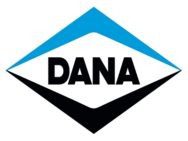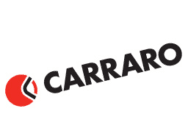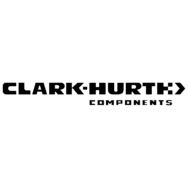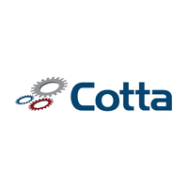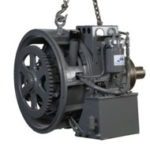 Torque Converters – PARTS, REPAIRS, and Replacements
Torque Converters – PARTS, REPAIRS, and Replacements
Torque is a beautiful thing, and industrial torque converters are an impressive and sophisticated piece of equipment.
If you’re just looking to get your hands on a replacement toque converter, we can help! Or, if you simply need a repair or additional parts, we offer a variety of solutions.
K&L Clutch & Transmission is proud to provide a comprehensive line of industrial torque converters for a broad variety of industries, from some of America’s leading industrial clutch manufacturers.
We carry Parts and torque converter Replacements from top brands:
- Twin Disc Torque Converters: K&L Clutch & Transmission carries an unmatched range of proven, mission-critical Twin Disc replacement and repair parts, including their torque converters. Altogether, we stock more than 16 models of Twin Disc transmission parts.
- Allison Torque Converters: K&L Clutch & Transmission offers a wide range of parts from the 96-year-old industrial clutch, transmission, and torque converter leader.
- Clark Torque Converters: K&L Clutch & Transmission provides the tough, long-lasting Clark torque converters, recognizing the excellent reputation that precedes the brand.
- Manitowoc Torque Converters: The Manitowoc VICON CONTROLLED CONVERTER for the Manitowoc 3900, 4000, 4100, 4600 and 6400 CRANES AND DRAGLINES.
Torque Converters Explained
At K&L Clutch, we supply only the highest quality torque converters, replacement torque converters, and parts. But to understand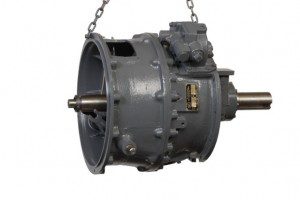 what this means, let’s start with the basics:
what this means, let’s start with the basics:
Torque converters are, of course, an automatic transmission’s answer to a manual transmission’s clutch with one big advantageous twist (which we’ll get to below). They allow the engine to turn while a machine’s wheels and transmission gears come to a complete stop (think cars idling in a driveway).
More specifically, a hydraulic torque converter is a fluid coupling that lets an engine spin independently of a transmission.
To understand why this matters, think of a car in traffic. Keeping the car stopped at a stoplight takes just a light push on the brake, because there is only a tiny amount of torque being passed through the torque converter from the slowly turning engine or motor. But when you step on the gas, the engine roars and more torque is passed to the wheels. It’s basically a transfer of rotation power from any sort of internal combustion engine or electric motor to the driven object or load.
But here’s the twist – hydraulic torque converters can actually multiply torque when there is enough of a difference between the rotational speeds of the engine and load, basically serving the same function as a reduction gear.
torque converters can be broken down into three basic parts:
Impeller – The impeller (or the pump) is basically a ring of metal blades that are driven by the engine shaft, flinging fluid about in a manner similar to a washing machine, thereby imparting kinetic energy. The spinning also creates a vacuum, drawing even more fluid into the center.
Turbine – The turbine is a set of three rings of blades connected to the shaft. The fluid from the impeller enters and turns the turbine and causes the transmission to spin, powering the machine.
Stator – Located in the fluid circuit between rings of turbine blades, the stator (or reaction member) is made from two non-rotating sets of blades, contained in a stationary housing. The original fluid exits the turbine, moving in a different direction than when it came in (and in an opposite direction of the engine and pump spin). The stator keeps the fluid from hitting the pump, which would slow the engine.
Benefits:
– Longer Engine Life
– Longer Equipment Life
– More Efficient Fuel Economy
– Smoother Operation
– Better Shock Protection
– More Reliable Automatic Braking
– Faster Work Cycles
Hydraulic torque converters also have specific benefits that depend on your type of use.
For example, with slush pumps, they permit operation through a wide range of volume vs. pressure while using the maximum size liner. Crawler tractors can operate with maximum drawbar pull at all times, even in the roughest of operating conditions. Hoists and winches can hold loads in mid-air with the throttle alone, without bobbing. Shunting locomotives benefit from a good tractive effort curve. And in excavators, they deliver two to three times the amount of torque for hoist and crowd loads.
Check out our complete line of replacement torque converters (above), or contact us for more information. Our team also fully handles torque converter and heavy equipment repair or full torque converter replacement, both in our in-house service shop as well as in the field where you need us.
Place an OrderView Our Posts about Torque Converters:
[wp_cpl_sc cat_id=19 sort_order=desc list_num=5]
